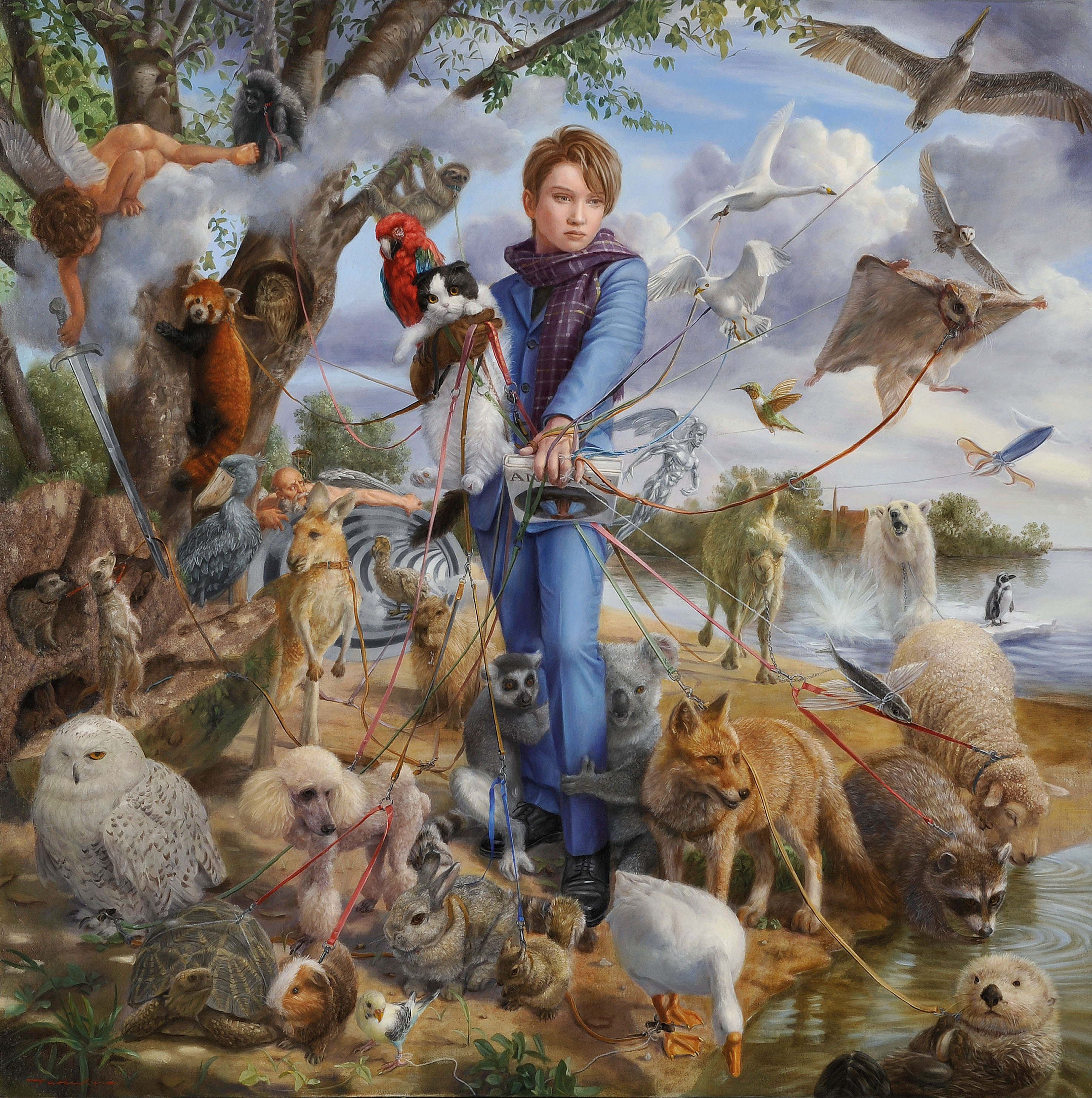
Tokuhiro Kawai is known for paintings that both recall and satirize scenes from mythology. Yet, as his statement with Gallery Gyokuei reminds us, “The history of pictorial expression is history of reproduction.” In recent years, Kawai has specifically garnered popularity for the motif of felines donned in the garb of royalty.


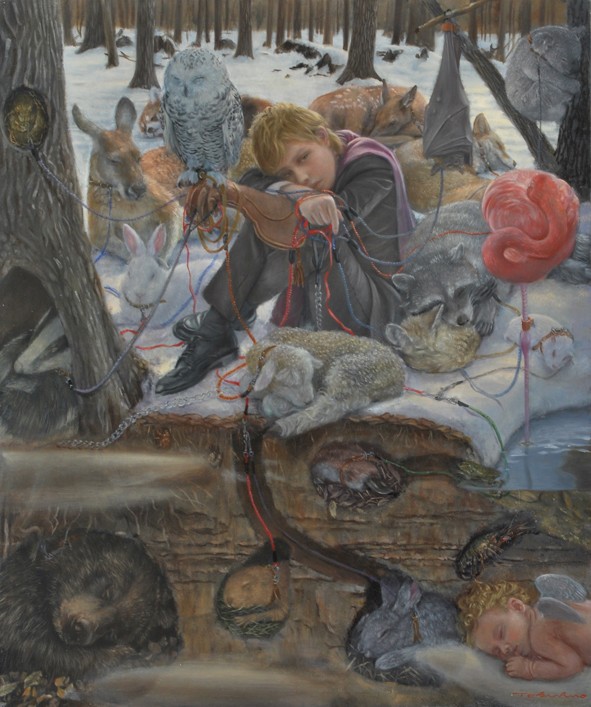
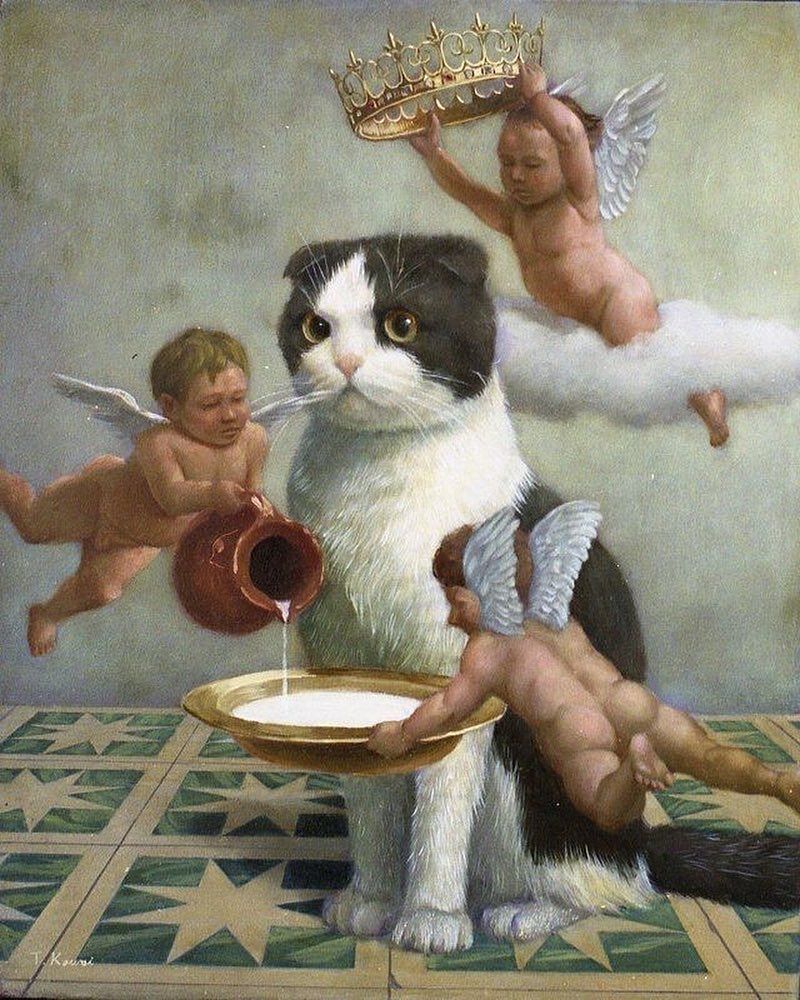
“After the modern period, art expression has shifted its theme to personal lives and the role of storytelling is gradually passed over to literatures and films. Gyokuei says. “Upon this, Kawai approaches to work on the now fragile bond between story and picture to bring the two into reunion. Since gods and faith are less related to our modern society, Kawai complements the theme with his own imagination.”
Find more of his work on the gallery’s site.

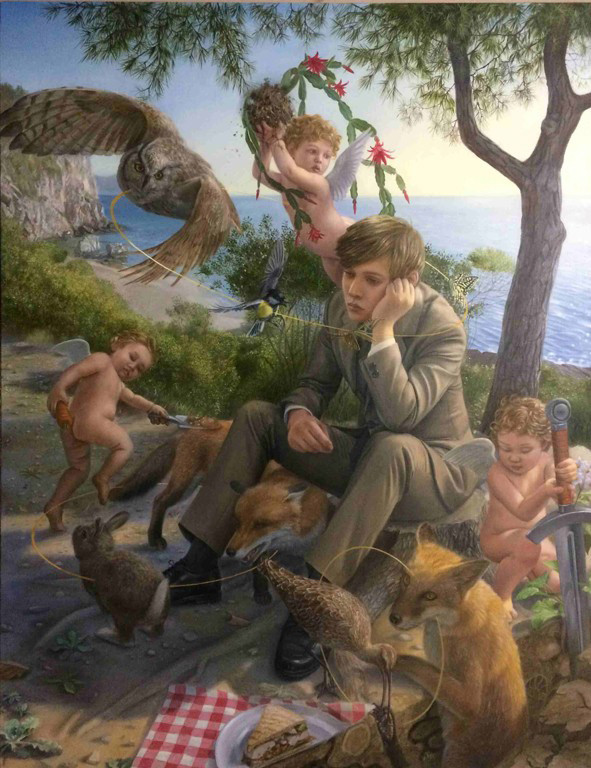

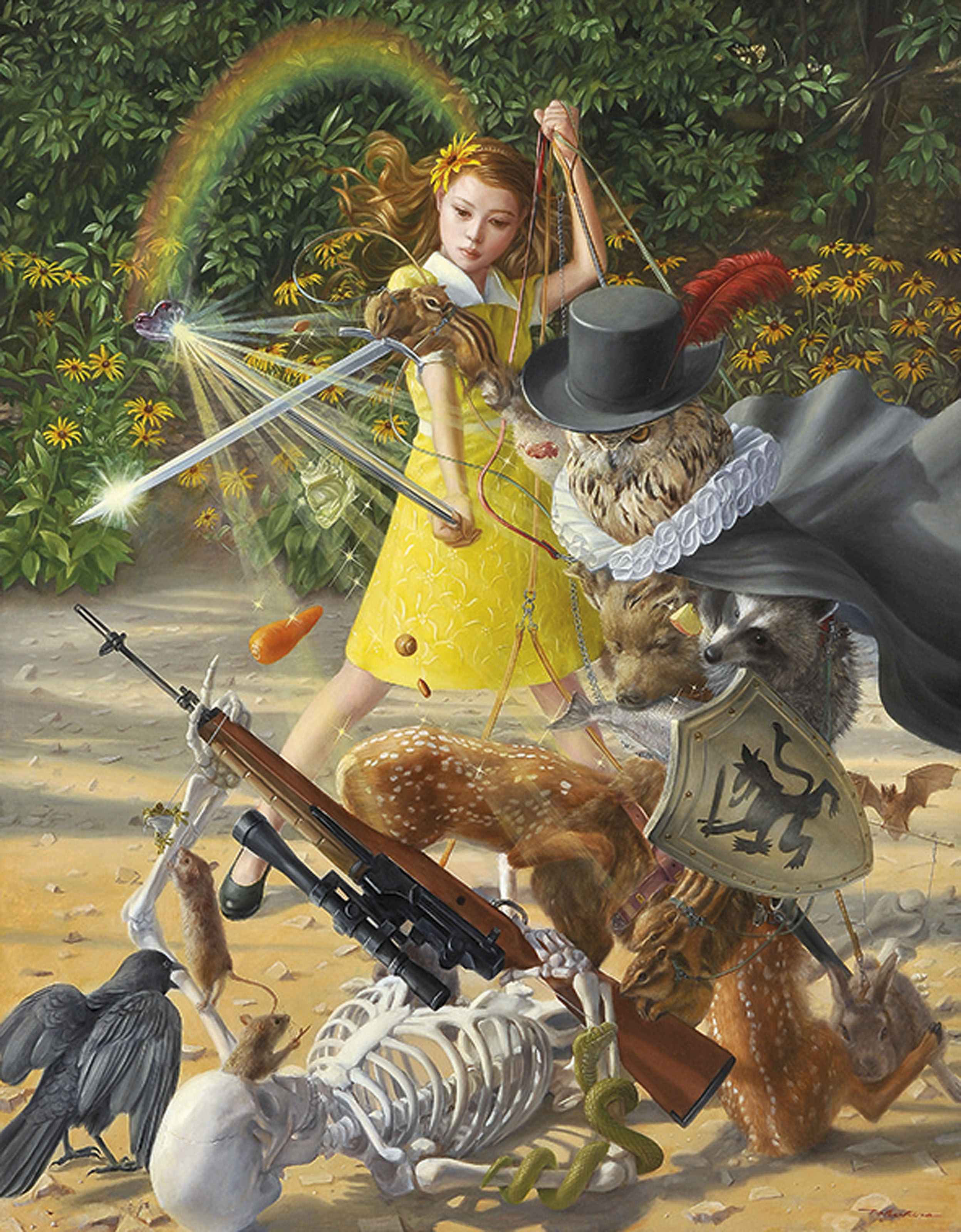




 The work of
The work of  One of the most striking features of
One of the most striking features of 
 Though their styles differ,
Though their styles differ,